Investigations
Inside Ruto’s Govt Plot to Sell 370-Acre Prime Land to Foreign Investor
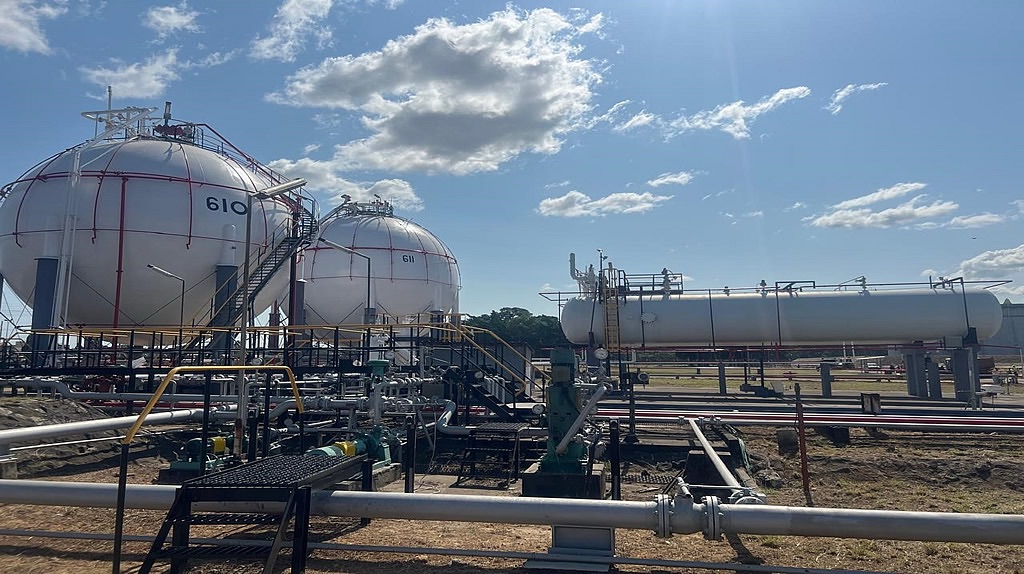
Investigation reveals high-level pressure to fast-track transfer of Kenya Petroleum Refineries’ valuable coastal property amid corruption allegations
President William Ruto’s administration is orchestrating a controversial scheme to transfer prime coastal land belonging to the defunct Kenya Petroleum Refineries Ltd (KPRL) to foreign investors, triggering serious concerns about corruption and asset-grabbing at the highest levels of government.
Confidential sources within the National Land Commission have revealed they are facing unprecedented pressure from senior officials to expedite the transfer of KPRL’s 370-acre strategic property near Mombasa’s coast—land that has remained idle since refinery operations ceased nine years ago.
High-Stakes Land Grab
“We were told that [our job security] depended on how fast we can expedite the transaction,” revealed a senior National Land Commission official who spoke on condition of anonymity, fearing government retaliation. “There was too much pressure from high places channelled through Kenya Pipeline Company, which was using the refinery as a storage facility.”
The official’s explosive testimony suggests a calculated effort by powerful government figures to seize control of some of Kenya’s most valuable real estate under the guise of legitimate business transactions.
The 370-acre property, situated in a prime coastal location, represents millions of dollars in potential value—making it an attractive target for well-connected individuals with a history of controversial land acquisitions.
The Paper Trail of Deception
Investigation into government correspondence reveals a carefully orchestrated timeline designed to legitimize what critics describe as outright theft of public assets:
July 18, 2023: Cabinet approves transfer of KPRL shares to Kenya Pipeline Company (KPC)
October 27, 2023: Share transfer agreement executed, making KPRL a KPC subsidiary
May 21, 2024: KPC’s managing director formally requests Treasury and Energy ministries’ approval to dissolve KPRL
March 11, 2025: National Treasury CS John Mbadi confirms dissolution approval
The rapid sequence of events has raised red flags among government watchdogs, who question why a process that typically takes years was completed in less than two years.
Nigerian Connection Raises Eyebrows
Adding to the controversy, Asharami Synergy—a subsidiary of Nigeria’s Sahara Group—has already secured a 31-year lease for 23.19 acres of the KPRL land to develop a 30,000-metric-tonne LPG facility.
The deal becomes more suspicious when examined alongside the government’s decision to block KPC’s own LPG facility plans, despite the state corporation having already invested Sh192.64 million in preparatory work, including demand surveys, environmental impact assessments, and engineering designs.
“KPC viewed the common-user LPG facility as transformative—potentially slashing cooking gas prices while boosting environmental sustainability,” according to internal documents. However, Energy and Treasury ministries abruptly ordered KPC to abandon the project in favor of the Nigerian company.
The Office of the Auditor General has since questioned this decision, citing wasted public funds and demanding to know whether KPC will receive compensation for its abandoned plans.
Strategic Evictions Clear the Path
Simultaneously, the government has launched eviction operations targeting illegal settlers on KPRL land in Port Reitz, Mombasa. Energy Cabinet Secretary Opiyo Wandayi has announced plans to begin with “big fish”—landlords who have constructed rental properties on the valuable land.
While Wandayi publicly justifies the evictions on safety grounds, citing dangers from proximity to petroleum infrastructure, critics see a different motive: clearing the land to increase its value for foreign investors.
“The settlements are dangerously close to key petroleum infrastructure, including pipelines linking to Nairobi. Any accident here could be catastrophic,” Wandayi stated during his recent tour of Mombasa energy facilities.
Questions Without Answers
The KPRL scandal raises fundamental questions about the Ruto administration’s handling of public assets:
- Why was a foreign company allowed to submit a proposal for the same project KPC had been developing?
- How did government officials justify wasting nearly Sh200 million in public funds on abandoned KPC plans?
- Who are the “powerful government figures” allegedly fronting for the foreign investor?
- What compensation, if any, will the public receive for this valuable coastal property?
Historical Context of Corruption
The current controversy echoes Kenya’s troubled history with land grabbing by politically connected individuals. The 370-acre KPRL property represents exactly the type of prime real estate that has historically been targeted by corrupt officials seeking to convert public assets into private wealth.
The refinery, which shut down in 2014 due to financial losses, had been recommended for dissolution by the National Assembly’s Public Investments Committee, which highlighted questionable payments made by KPC to the inactive facility.
Beyond the immediate financial implications, the KPRL land transfer represents a broader test of the Ruto administration’s commitment to transparency and protection of public assets. The 370-acre coastal property is not just valuable real estate—it’s a national asset that belongs to all Kenyans.
The government’s rush to complete this transaction, combined with the suspicious circumstances surrounding the Nigerian company’s involvement and the convenient eviction of settlers, suggests a level of coordination that goes far beyond routine asset management.
As investigations continue, Kenyans are left wondering whether their government is protecting national interests or facilitating one of the largest land grabs in the country’s recent history.
With mounting evidence of high-level pressure to fast-track questionable deals involving foreign investors, the Ruto administration faces serious questions about its commitment to good governance and protection of Kenya’s national assets.
The 370-acre question may well define the legacy of this presidency—and determine whether Kenya’s valuable public resources remain in public hands or disappear into private coffers through carefully orchestrated “legitimate” business deals.
Kenya Insights allows guest blogging, if you want to be published on Kenya’s most authoritative and accurate blog, have an expose, news TIPS, story angles, human interest stories, drop us an email on [email protected] or via Telegram
-
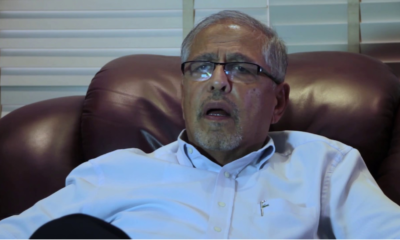
 News1 week ago
News1 week agoTemporary Reprieve As Mohamed Jaffer Wins Mombasa Land Compensation Despite Losing LPG Monopoly and Bitter Fallout With Johos
-

 Business3 days ago
Business3 days ago‘They’re Criminals,’ Popular Radio Presenter Rapcha The Sayantist Accuses Electric Bike Firm Spiro of Fraudulent Practices
-

 Sports6 days ago
Sports6 days ago1Win Games 2025: Ultimate Overview of Popular Casino, Sports & Live Games
-

 Investigations1 week ago
Investigations1 week agoFrom Daily Bribes to Billions Frozen: The Jambopay Empire Crumbles as CEO Danson Muchemi’s Scandal-Plagued Past Catches Up
-

 Business1 week ago
Business1 week agoHass Petroleum Empire Faces Collapse as Court Greenlights KSh 1.2 Billion Property Auction
-
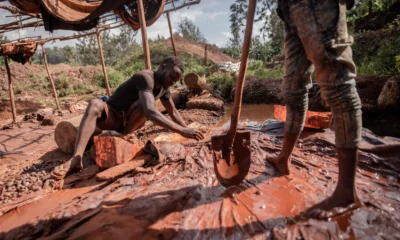
 News1 week ago
News1 week agoShanta Gold’s Sh680 Billion Gold Discovery in Kakamega Becomes A Nightmare For Community With Deaths, Investors Scare
-
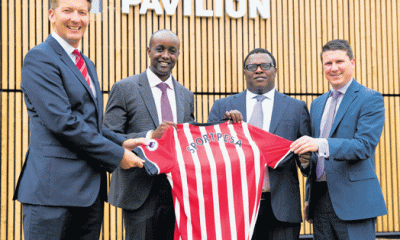
 Investigations2 weeks ago
Investigations2 weeks agoHow SportPesa Outfoxed Paul Ndung’u Of His Stakes With A Wrong Address Letter
-
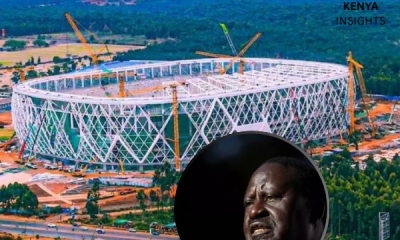
 Investigations3 days ago
Investigations3 days agoDisgraced Kuscco Boss Arnold Munene Moves To Gag Media After Expose Linking Him To Alleged Sh1.7 Billion Fraud

















